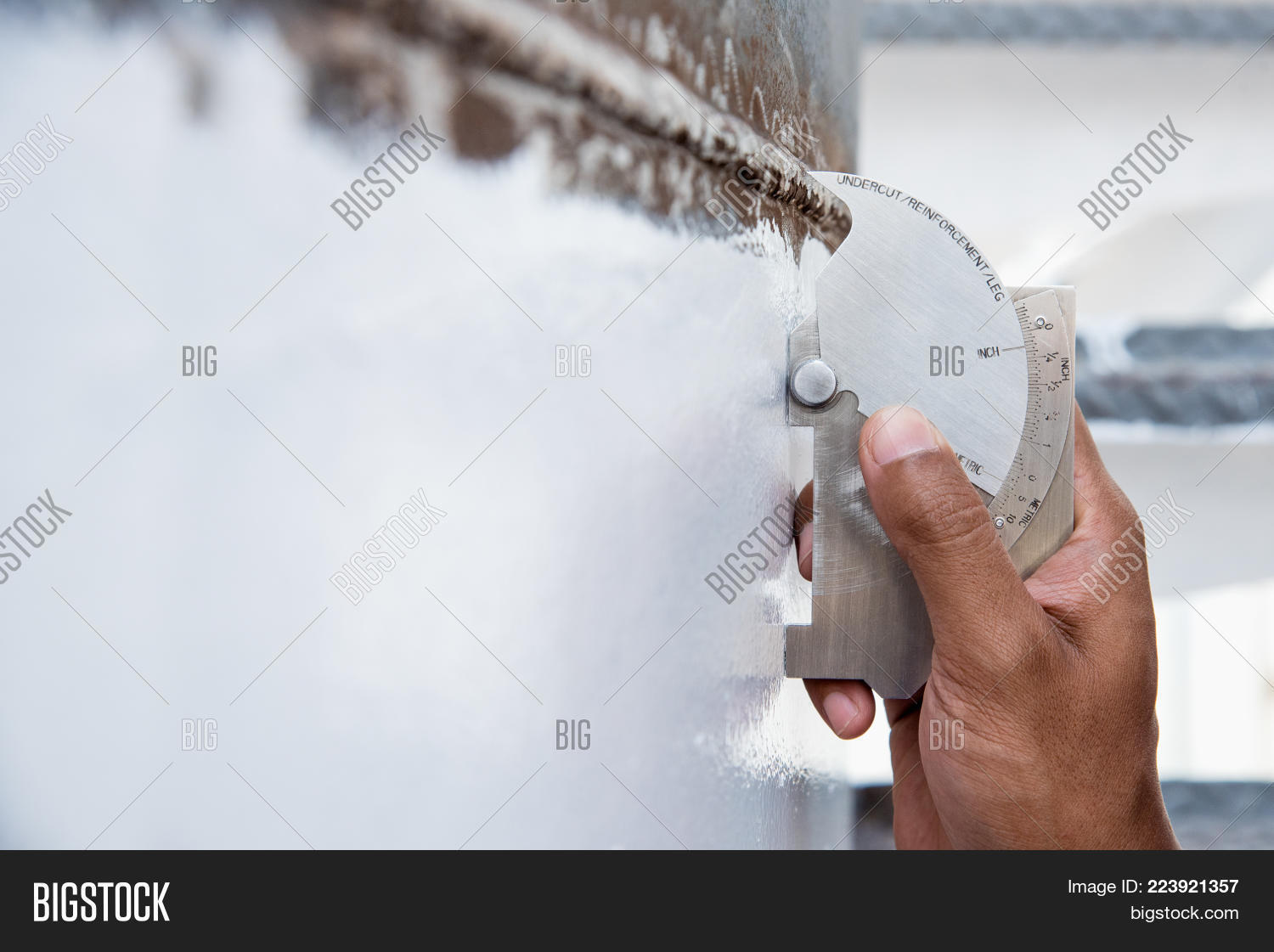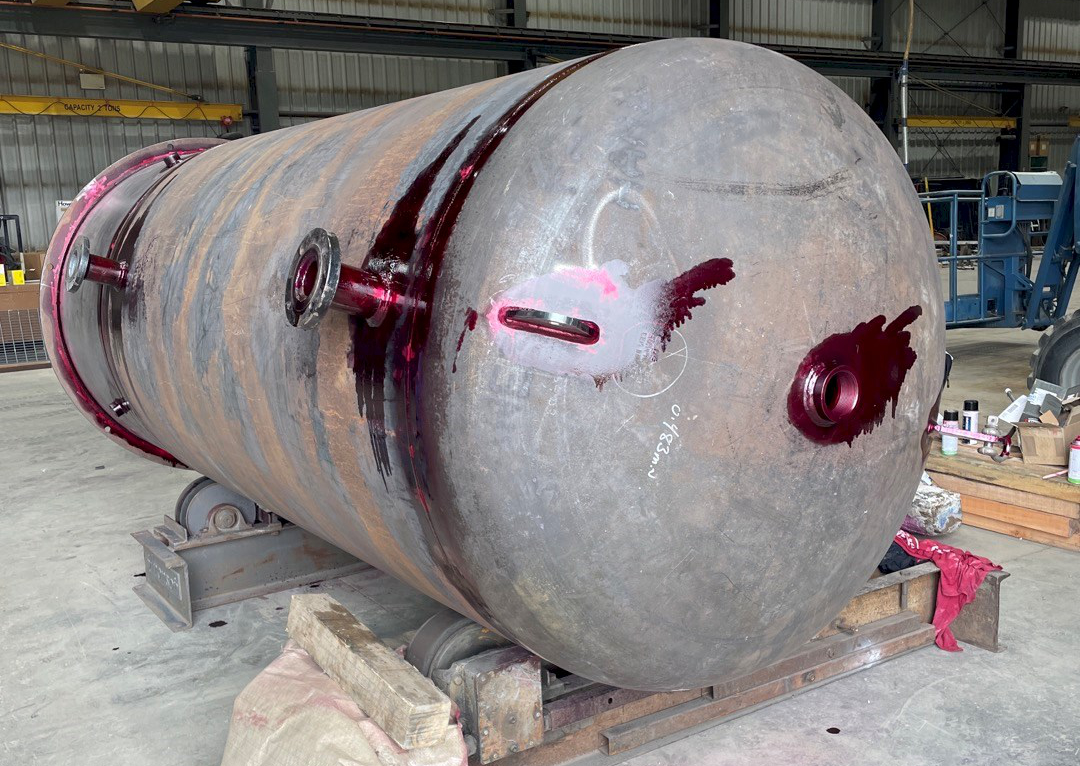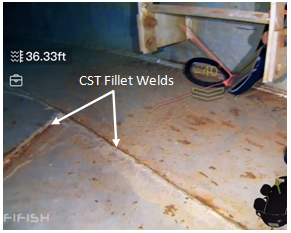Why Normal Tank Welding Inspection is Essential for Structural Integrity
Why Normal Tank Welding Inspection is Essential for Structural Integrity
Blog Article
A Detailed Review of Container Welding Inspection Criteria and Methodologies for Improved Weld Top Quality and Performance
The value of welding evaluation criteria in the manufacturing of containers can not be overstated, as they work as the foundation for making certain weld stability and operational dependability. Different assessment techniques, including aesthetic evaluations and advanced non-destructive screening methods, are important in recognizing prospective flaws that might endanger performance. Adhering to governing criteria not just boosts weld high quality but additionally alleviates the threat of pricey failings. As we check out the subtleties of these methods, it comes to be critical to consider how an organized approach can change existing practices and bring about considerable improvements in outcomes.
Relevance of Welding Evaluation Standards

Welding examination requirements incorporate a variety of criteria, including product specs, welding treatments, and qualifications of employees associated with the welding procedure. By enforcing these standards, organizations can systematically identify and rectify prospective problems, therefore decreasing the probability of pricey repair services or tragic failures. In addition, rigorous inspection techniques foster a culture of accountability and precision, motivating welders to preserve high degrees of craftsmanship.

Typical Welding Examination Methods


Ultrasonic Evaluating (UT) is an additional widespread method, making use of high-frequency acoustic waves to detect inner problems that might not show up on the surface. This approach is particularly efficient for identifying gaps or inclusions within the weld metal. Magnetic Particle Testing (MT) is additionally extensively used, particularly for ferromagnetic products, as it exposes surface and near-surface defects with the application of electromagnetic fields and ferrous bits.
In Addition, Fluid Penetrant Screening (PT) finds surface-breaking issues by applying a penetrant to the weld and after that using a programmer to draw out the penetrant. Each of these techniques adds to a detailed inspection technique, ensuring that welds meet the rigid quality standards called for in container construction.
Regulative Criteria and Compliance
Regulatory criteria and compliance are important elements in making certain the safety and integrity of bonded structures in storage tank building and construction - Tank Welding Inspection. These standards serve to develop minimum needs for product buildings, welding procedures, and examination techniques, consequently lowering the danger of structural failures and boosting general performance
Trick organizations, such as the American Culture of Mechanical Designers (ASME) and the American Welding Society (AWS), provide standards that are widely adopted in the sector. Compliance with these criteria not just makes sure adherence to ideal methods yet also meets lawful and contractual commitments, protecting the passions of stakeholders.
Regulative bodies usually mandate adherence to certain codes, such as ASME Code Area IX for welding qualifications and API 650 for welded storage tanks. These codes detail needs for welding methods, qualifications of personnel, and screening techniques to verify weld honesty.
Regular audits and examinations are crucial to preserving compliance, as they assist recognize inconsistencies from developed criteria. Non-compliance can lead to significant fines, job hold-ups, and safety and security risks. Therefore, a robust understanding of regulatory standards and a commitment to compliance are critical in achieving premium and resilient bonded storage tank frameworks.
Non-Destructive Evaluating Approaches
Just how can the integrity of bonded frameworks be guaranteed without triggering damage? Non-destructive testing (NDT) methods use a durable service, making it possible for inspectors to review weld top quality without jeopardizing the material - Tank Welding Inspection. Amongst one of the most typical NDT strategies are ultrasonic testing (UT), radiographic testing (RT), magnetic fragment screening (MT), and dye penetrant testing (PT)
Radiographic testing includes passing X-rays or gamma rays with the weld, developing photos that disclose structural defects such as cracks or gaps. This method is very useful for examining the integrity of complicated welds.
Magnetic fragment testing is matched for ferromagnetic materials, where electromagnetic fields expose surface and near-surface gaps. Dye penetrant testing utilizes a liquid dye to highlight surface-breaking imperfections, making it an effective method for non-porous materials.
Each of these NDT approaches has distinct benefits, enabling extensive evaluations tailored to particular materials and welding procedures. By carrying out these strategies, markets can make sure the reliability and security of bonded frameworks, ultimately improving general efficiency.
Enhancing Weld Quality Via Examination
Reliable assessment plays an essential role in enhancing weld high quality, functioning as a crucial checkpoint in the manufacture procedure. By identifying potential problems early, assessments alleviate the danger of compromised architectural stability and make certain conformity with industry standards. Using a mix of visual examinations, non-destructive screening (NDT) approaches, visit site and mechanical analyses, inspectors can detect issues such as porosity, cracks, and insufficient fusion.
Applying a robust inspection protocol not only enhances the total top quality of welds but likewise fosters a society of liability among welders and makers. Normal training and qualification of my blog evaluation workers ensure that they are furnished with the needed abilities to identify and deal with prospective problems successfully. This proactive strategy lessens rework and associated costs, inevitably adding to predict performance.
In addition, detailed documentation of assessment findings gives valuable understandings into reoccuring concerns, assisting in constant improvement in welding techniques. By leveraging sophisticated modern technologies, such as automated ultrasonic testing or digital radiography, weld high quality can be enhanced via extra specific examinations. In verdict, an extensive inspection procedure is important in achieving high-grade welds, making sure safety, dependability, and long life in storage tank construction.
Final Thought
In conclusion, the execution of extensive check my site tank welding evaluation requirements and techniques is important for making sure weld integrity and efficiency. By using a mix of visual inspections, non-destructive screening methods, and adherence to regulatory standards, companies can properly recognize and mitigate potential flaws.
Report this page